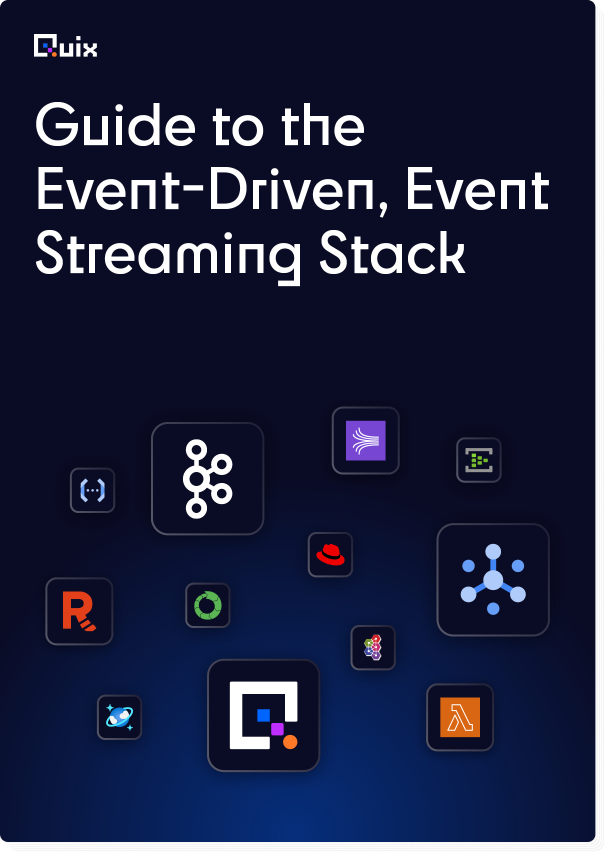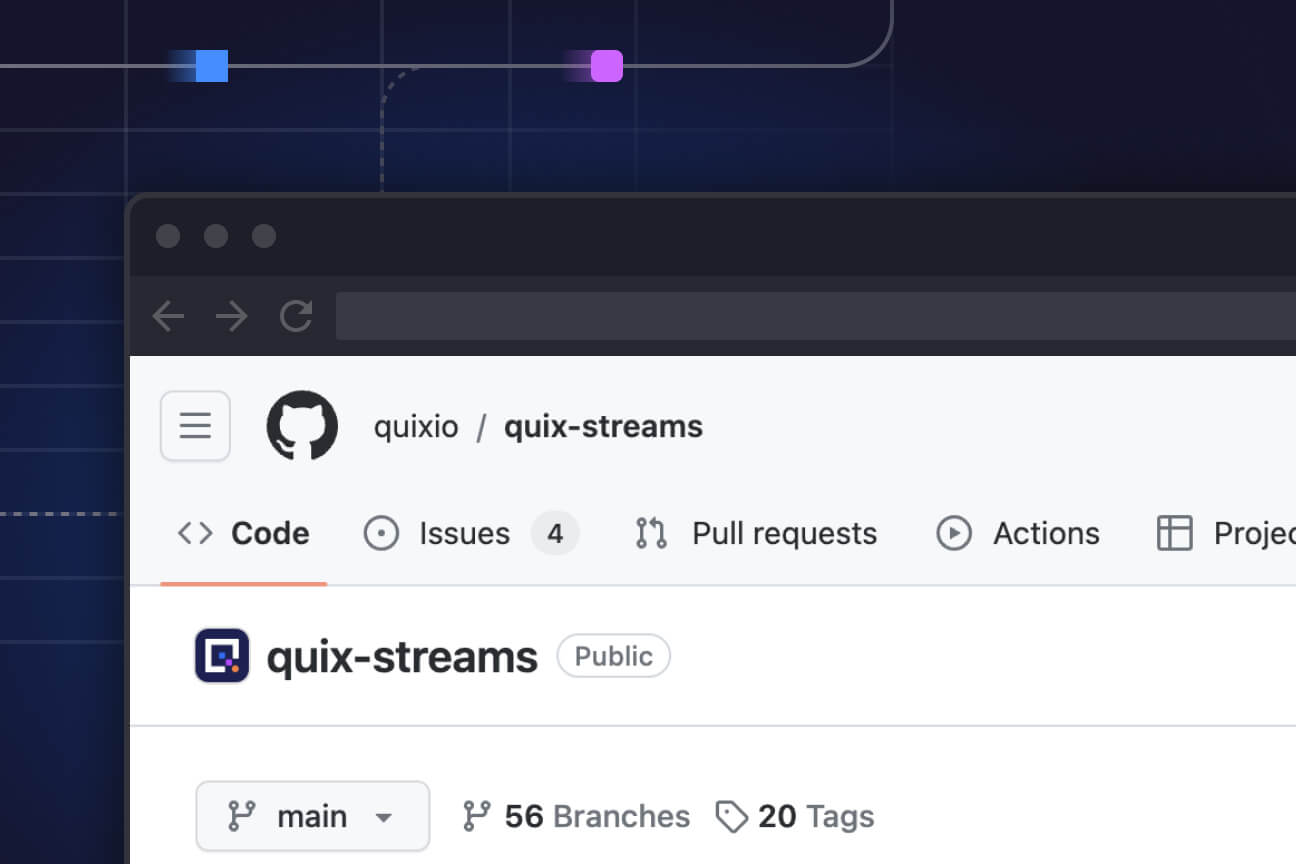The Stream — April 2022 edition
The April 2022 edition of The Stream: covering this month in stream processing on the internet.

In-person events are back!
We hosted two events in Berlin with more than 20 CTOs and 60 members of the data community in March. We learned about the business necessity of real-time analytics, how companies provide superior customer experiences by using real-time data, and how to build a Python service that tracks, transforms, delivers, and predicts heart rate in real time.

Questions about the modern data stack and how to assemble IoT devices kept us talking late into both nights. It was wonderful to have in-person conversations and hear about what streaming data applications are in the works.
Stream processing is new and complicated technology. We’re honored to support a community of people trying to figure it out together. The more perspectives, experiences, and insights about tools, architecture and science, we can get into the conversation, the better.
We’ll continue our meetups in April and May so you can connect with members of The Stream at events in London, Berlin, Munich, and Prague. And no need to worry if you’re not in any of those places — we’re still meeting up online. Join us weekly for open coding sessions (you can find information in the Slack community) and other digital events.
Visit the community page to find other streaming enthusiasts, events and content, and for all of the details on meetups and events.

Find other streaming enthusiasts at the Kafka Summit
This year’s Kafka Summit, focusing on event streaming and microservices, is April 25–26 in London. We’ll be there talking about the possibilities and benefits of stream processing. Say hello at the Quix booth to learn where the afterparty is happening. 😉

What differentiates real-time digital twins? And why are they interesting for streaming data?
Data scientists typically use digital twins to create virtual representations of physical objects, but they can also track the dynamic state of IoT devices, factory equipment and other devices that generate telemetry.

Near real-time features for near real-time personalization
See Linkedin’s solution for almost real-time data architecture that offers member recommendations.

Building real-time data systems the hard way
Learn from the experience of others: why Kafka should be at the core of everyone’s real-time streaming architecture.
More insights
- The conversations are getting more and more interesting in The Stream — join the action!
- Quix squashed all the bugs over the past few weeks. Take a look at our changelog to learn more.
- This month on the Quix blog: Dark data, design and the data maturity model.
What’s a Rich Text element?
The rich text element allows you to create and format headings, paragraphs, blockquotes, images, and video all in one place instead of having to add and format them individually. Just double-click and easily create content.
Static and dynamic content editing
A rich text element can be used with static or dynamic content. For static content, just drop it into any page and begin editing. For dynamic content, add a rich text field to any collection and then connect a rich text element to that field in the settings panel. Voila!
How to customize formatting for each rich text
Headings, paragraphs, blockquotes, figures, images, and figure captions can all be styled after a class is added to the rich text element using the "When inside of" nested selector system.

Check out the repo
Our Python client library is open source, and brings DataFrames and the Python ecosystem to stream processing.

Interested in Quix Cloud?
Take a look around and explore the features of our platform.

Interested in Quix Cloud?
Take a look around and explore the features of our platform.






